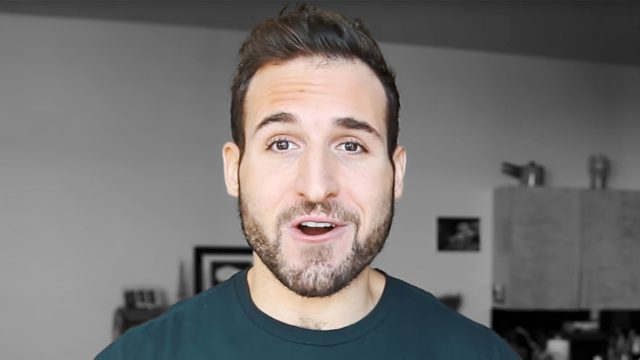Nutritionist Reveals the Only Thing You Actually Need to Lose Weight
Have you tried so many weight loss methods but can't seem to be successful? Joe Duff, AKA The Diet Chef, specializes "in making easy recipes for every diet," which he shares with his hundreds of thousands of social media followers. In a new video, he reveals the only tip you need to lose weight – and it doesn't involve crash diets or killing yourself at the gym. "Today I'm gonna be talking all about weight loss, specifically how to lose weight," he says. "Starting today, you can start losing weight."
People Ask Him About How to Lose Weight A Lot
"This question is actually something that I get asked personally quite often, but if you even type into Google how to in the letter L, the rest of it will fill in: Lose weight," he says at the start of the clip. "Clearly, there are a lot of people on the internet who are wondering the same question. Anyways, by the end of this video, I'm gonna give you all the tools you need to initially start losing weight."
There's No Get-Thin-Quick Approach That Works
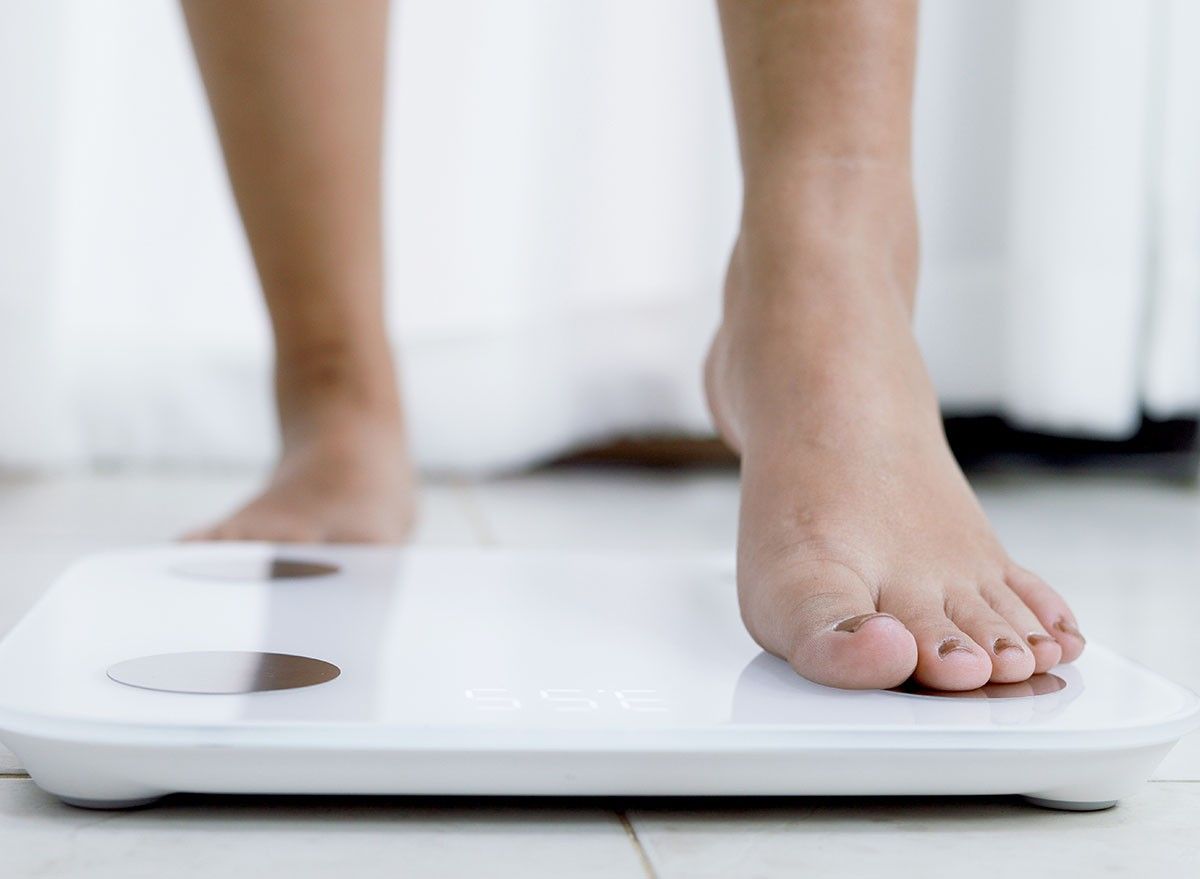
"The truth about weight loss is that it comes down to one very important thing, guys. It has nothing to do with diet teas and diet pills and body wraps and anything that anyone wants to sell to you, diet, cleanse, and rejuvenate your body with a Hollywood 48-hour miracle diet," he says. "This works. It has nothing to do with that."
It's Simple: Create a Caloric Deficit
He explains that it is super simple. "All it comes down to is creating what is called a caloric deficit. That's right. All you have to do is create a caloric deficit, and you'll start losing weight. It is the best tip anyone can possibly give you in terms of weight loss," he says.
Eat Less Than Your Body Burns
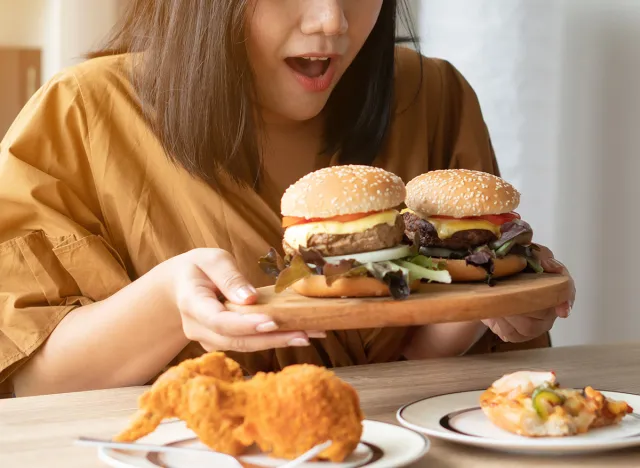
"So what does that mean? What is a caloric deficit? Basically, a caloric deficit is just eating fewer calories than your body burns. And that's a great lead into the next question I'm sure a lot of you guys have," he explains.
How Many Calories Does Your Body Burn?
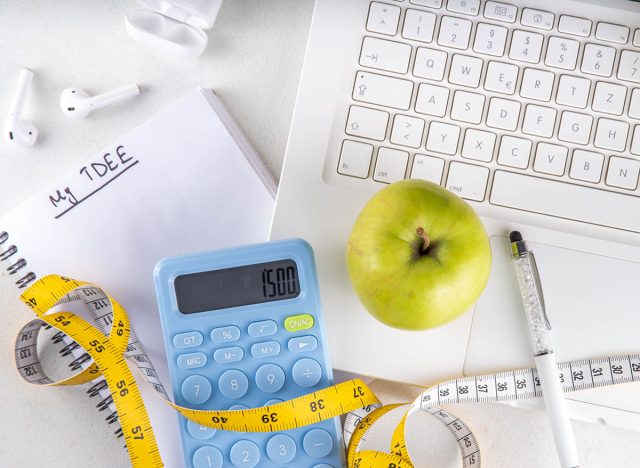
The next question he gets asked: How many calories a day does my body burn? "Actually, it's quite easy to get an estimation of just how many calories a day your body is burning. That is also referred to as TDEE or total daily energy expenditure," he says.
Find Out Using a TDEE Calculator
He recommends using a TDEE calculator. "There's a ton of websites out there that you can go to and find your TDEE, which will then give you your maintenance amount of calories, which is the amount of calories that you could eat and not gain any weight or also lose weight. So to find how many calories a day you burn your TDEE, all you have to do is go to one of these websites," he explains.
Then You Subtract 500 From the Number Your Get
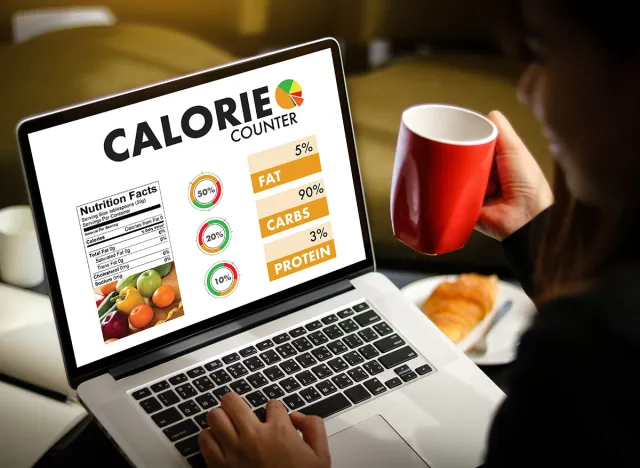
Once you find a calculator, you "enter some pretty basic information about yourself," he says. "So you enter your age, your sex, your height, your weight, and your activity level. To create a caloric deficit, all you need to do is subtract about 500 calories from whatever number pops up on the screen. And that will be the starting calories of your diet."
You Will Have to Eat Less Calories the More Weight You Lose
"Also, it's worth mentioning, guys, that that calorie number has to change. You're gonna have to decrease your calories as you lose weight. So you at 200 pounds is burning more calories than you at 180 pounds. So as you lose weight, your calories are gonna have to decrease," he says.
Or, You Can Exercise More
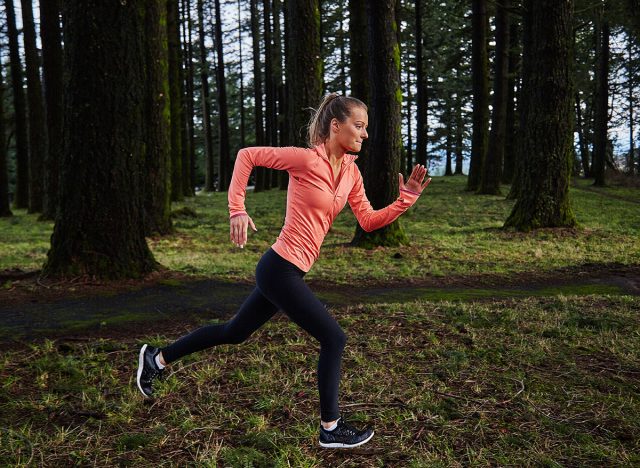
Or, you can add exercise. "You can also create a caloric deficit by doing more. So if you increase your activity, you will be burning more calories as well. And that is another way to add to your caloric deficit," he says.
He Also Recommends Counting Macros Over Calories
"I also want to mention quickly that counting calories is great, but counting macros can be far superior in terms of fat loss than just weight loss itself," he says. "Basically, macros are calories, protein, carbs, and fats. And keeping track of your macros and adjusting your macros can be an extremely powerful tool for fat loss." And if you enjoyed this article, take advantage of these 15 Quick Ways to Lose Body Fat Percentage in a Week.
